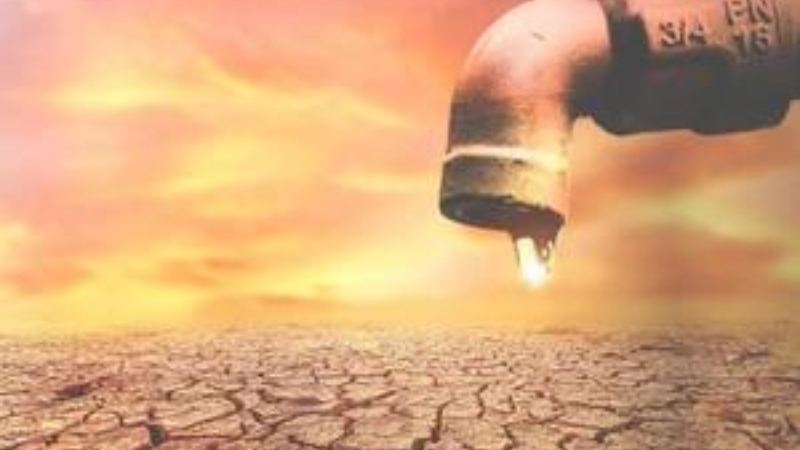
Bengaluru has been facing water crisis
A look at factors that have caused the crisis
BWSSB guidelines on saving water
In the last few days, Bengaluru has been facing water crisis. It set in much before the onset of summer, throwing life out of gear. In fact, hashtags like #nowaterinbengaluru #savewater #bengaluruwatercrisis went viral, thereby exposing the problems that people faced.
It should be noted that Bengaluru does have water, but is not sufficient enough to meet the needs. We take a look at other factors that have caused the problem.
Also read: Bengaluru Water Crisis: BWSSB mandates aerators; know how effective they are
With a view to ameliorate the effects of water crisis, the BWSSB has issued a few guidelines.
Let’s have a look at them:
Extremely scarce rainfall
In the last three years, Bengaluru had never seen such scanty rainfall. On an average Bengaluru records 7mm of rains in January, 7.1mm in Feb and 14.7 mm in March, and 61.7 mm in April. But this time Bengaluru has been unlucky.
It is imperative that Bengalureans should save water, rope in new campaigns in the same direction.

Bengaluru has been facing water crisis
A look at factors that have caused the crisis
BWSSB guidelines on saving water
In the last few days, Bengaluru has been facing water crisis. It set in much before the onset of summer, throwing life out of gear. In fact, hashtags like #nowaterinbengaluru #savewater #bengaluruwatercrisis went viral, thereby exposing the problems that people faced.
It should be noted that Bengaluru does have water, but is not sufficient enough to meet the needs. We take a look at other factors that have caused the problem.
Also read: Bengaluru Water Crisis: BWSSB mandates aerators; know how effective they are
With a view to ameliorate the effects of water crisis, the BWSSB has issued a few guidelines.
Let’s have a look at them:
Extremely scarce rainfall
In the last three years, Bengaluru had never seen such scanty rainfall. On an average Bengaluru records 7mm of rains in January, 7.1mm in Feb and 14.7 mm in March, and 61.7 mm in April. But this time Bengaluru has been unlucky.
It is imperative that Bengalureans should save water, rope in new campaigns in the same direction.
